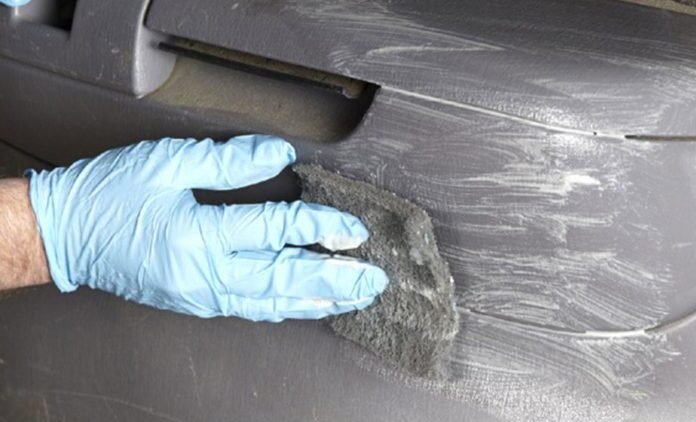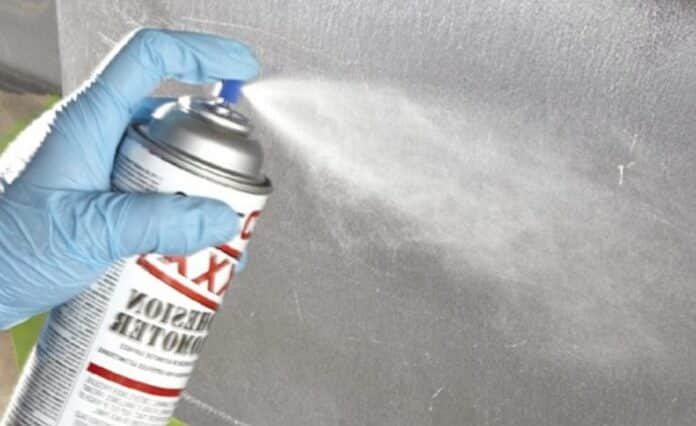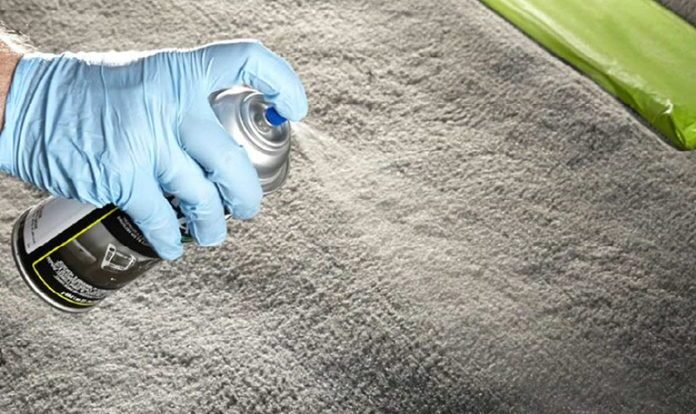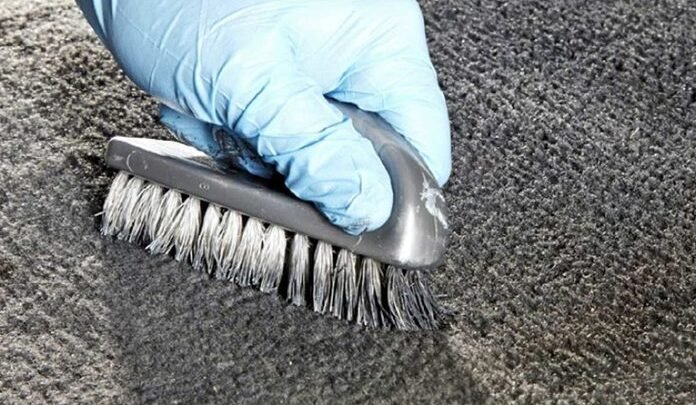Tools Essential
- Dust mask
- Cloth that is lint-free
- Masking materials
- nitrile gloves
- nylon bristle brush
- Rags
- respirator
- Safety glasses
- scuff pads
- Shop vacuum
- Wrench set
Materials Required
- Carpet cleaner
- Promoter of adhesion using plastic
- Colorants for leather and plastic
- Spray for leather and plastic preparation
- Clear coat for vinyl and plastic
- Colorants for vinyl and plastic
- Vinyl and plastic soap
- Vinyl preparation spray
Step 1: Interior repair: of vinyl and plastic
Apply soap on plastic and vinyl surfaces and scrub using the scrub pad. Apply extra effort to the recessed and textured areas. Wipe the surface clean with a damp clean, lint-free, cloth and allow it to dry.

Step 2: Spray and then wipe
Spray the Vinyl Prep onto vinyl surfaces and clean the residue in one direction using a dry clean, and lint-free rag. Then spray the Adhesion Prom orator on vinyl surfaces, and then let it “flash.” Wipe off using a clean cloth. Let dry.

Step 3: Add the colorant
Spray several coats of the colorant (Color Coat is depicted) Allow 5-10 intervals between coatings. The colorant should dry for 24 hours prior to applying. It’s crucial to get the right “plastic adhesion promoter” with the kit. Take an hour to watch the video tutorial at semproducts.com to determine the kind of plastic you’ve got in your car. Adhesion promoters help paint “bite” into the plastic. It also requires the cleaner and prep tools, such as scuff pads and nylon brush masking material including nitrile gloves and an eye protector, a respirator, and clean, non-lint clean rags.

Step 4: Repair the auto interior Velour and carpet
- Spray or scrub, dry, and then vacuum
- Spray Plastic & Leather Prep on the carpet or velour, and scrub gently using a nylon bristle broom while you carry out some auto repairs to the interior. Dry and then vacuum.

Step 5: Apply brush, and then vacuum
- Apply the colorant to the interior carpet or velour. Then, immediately brush all over with bristles of nylon so that the fibers stay separate. Let dry. After that, brush and vacuum. Make sure the car is clean by cleaning the surfaces using household cleaners. Shampoo the carpet and upholstery and allow it to dry completely. Then, move the car to a shaded location and open your windows (the coatings emit a powerful solvent scent).
- Remove all areas you don’t wish to color and then protect the carpet and seats with a tarp for protection from overspray. If you’re coloring the carpet think about removing the seats rather than covering them with masking tape. You’ll reduce time and achieve more effective outcomes.

